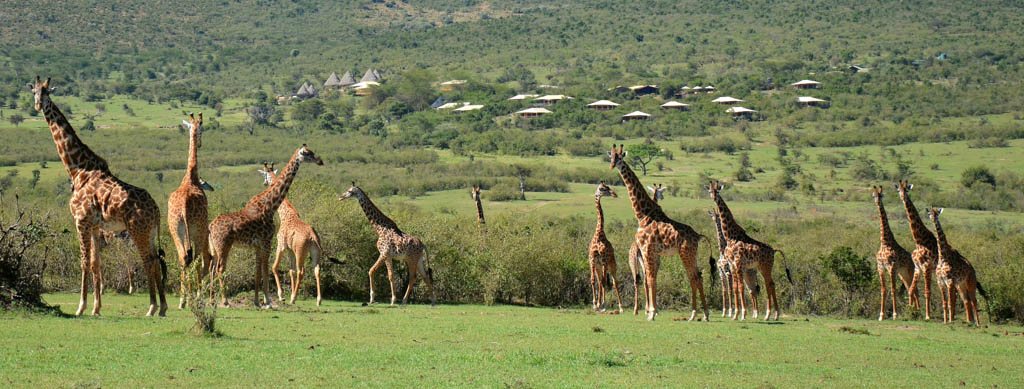Top Ten African Wildlife Photography Tips
Nowhere in the world there is a comparatively high density of large mammals such as in Africa.
Although Namibia, Zambia, Zimbabwe and South Africa are all excellent destinations for a photo safari, for me personally, the first choices are Kenya and Tanzania. The pristine wilderness and high predator density of the Masai Mara and the Serengeti provide the best conditions for an unforgettable photo safari.
“Seeing is different from being told,” says a Kenyan proverb.
Tellingly, this might not be true for a safari. Seeing African wild animals in their natural environment triggers a lot of emotions and travelling far beyond any civilization makes you feel small as a man.
Top ten African wildlife photography tips
Great animal photography, from my point of view, is one of the more ambitious disciplines of photography. I know from personal experience how sobering the picture yield on my first safari experiences was compared with today’s perspective. As a beginner, many of my images were blurred. Furthermore, hardly any of the other sharp images had that WOW-factor which makes photographer so delighted when showing their pictures to others.
What had I done wrong? Almost everything!
To shoot beautiful photos on a safari is not rocket science. Preparation and some practice with your camera is sufficient in most cases. If you are planning a safari trip to Africa there are some things that you should consider before you go.
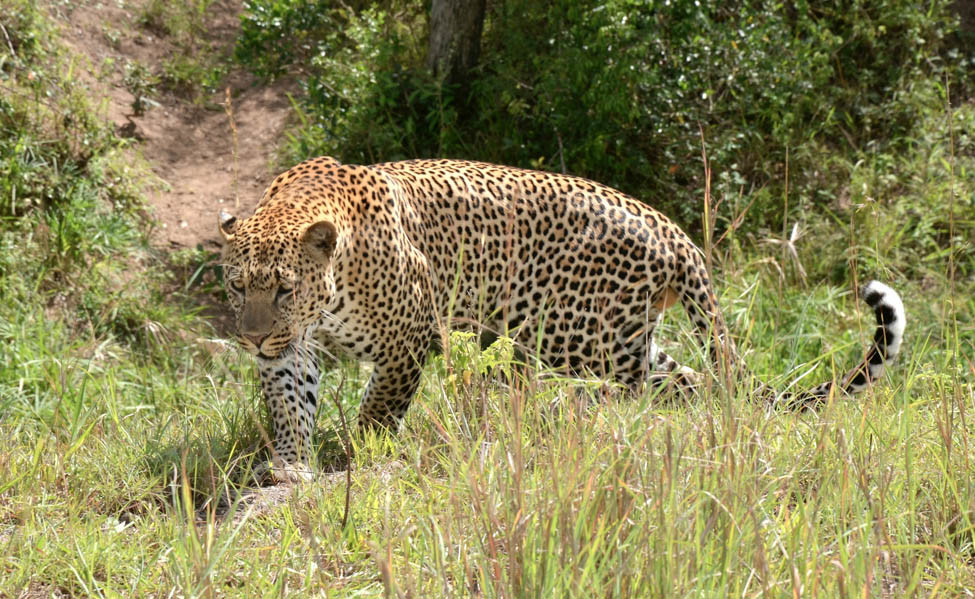
If you want to capture spectacular wildlife and nature photographs on your safari, your chances of achieving this will increase significantly if you follow these wildlife photography tips and know and avoid the following 10 mistakes.
Mistake 1: Not researching before you go
Research your destination before your departure. Incidentally this also increases the anticipation of your safari! And it will put you in the right mood for what you’ll see when out on your game drive. Read books about wild animals and study their behavior. Allowing some time for this will mean you develop an emotional relationship that will be reflected in your pictures.
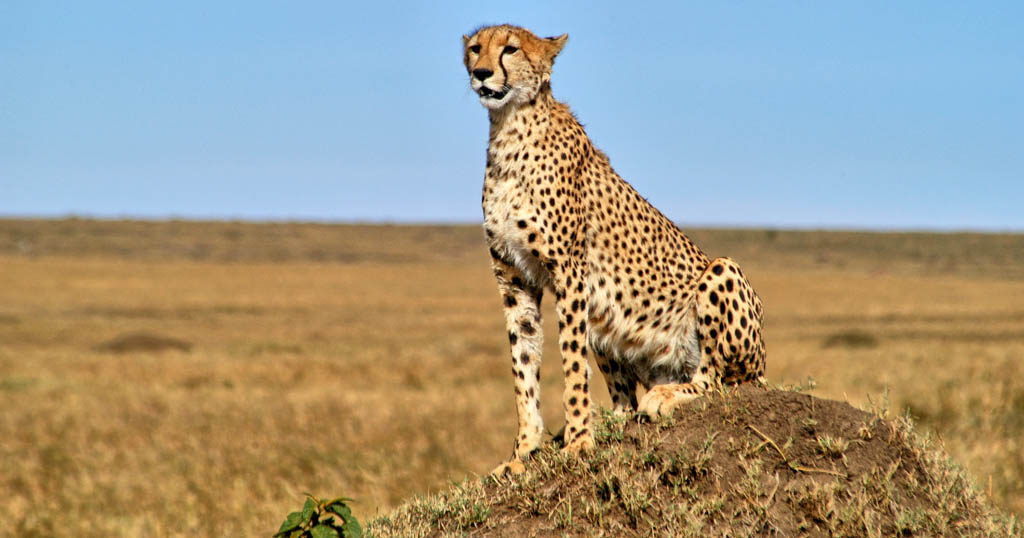
Mistake 2: Sleeping too late
One of the biggest mistakes! Many animals are active most at night and in the early morning hours. Once the sun is higher in the sky and it gets warmer, the show is over: the animals are looking for their siesta in a shady spot. In addition to that, light is much more suitable at this time of day.
Mistake 3: Only learning the features of your camera while you’re actually on safari
Good animal photos show a special moment. To capture this, you need to react quickly. Therefore practising beforehand is essential!
Practice with moving objects, such as passing cars – you can then analyse the photos on your computer to check whether the sharpness in the image is properly seated.
At the same time you get the feeling for which shutter speeds are useful for action shots.
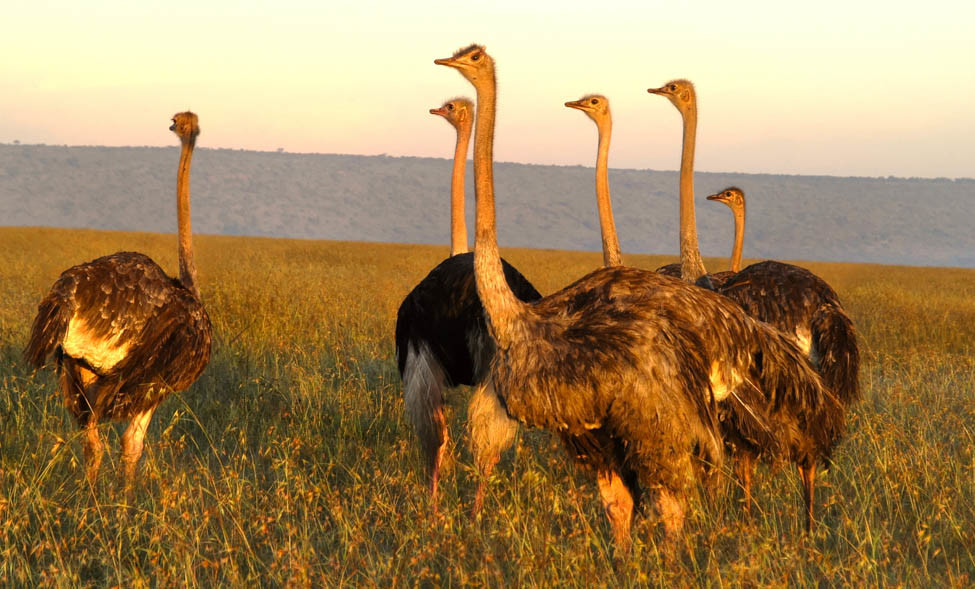
Mistake 4: Letting the camera automatically select the focus point
Definitely wrong! If you are photographing animals, you need to choose the focus point manually. Too often, the autofocus leaves you with blades of grass razor-sharp in front of the majestic lions but overlooks the main thing – the lion! Very annoying!
If the eyes in a photograph are in focus, the viewer will perceive the picture to be sharp, even if other parts of the image have significant blurring. If the eyes are out of focus, the photo is perceived as “fuzzy” and ill-advised by everyone! Therefore pay attention of the eyes of your subject and use them as your focus point.
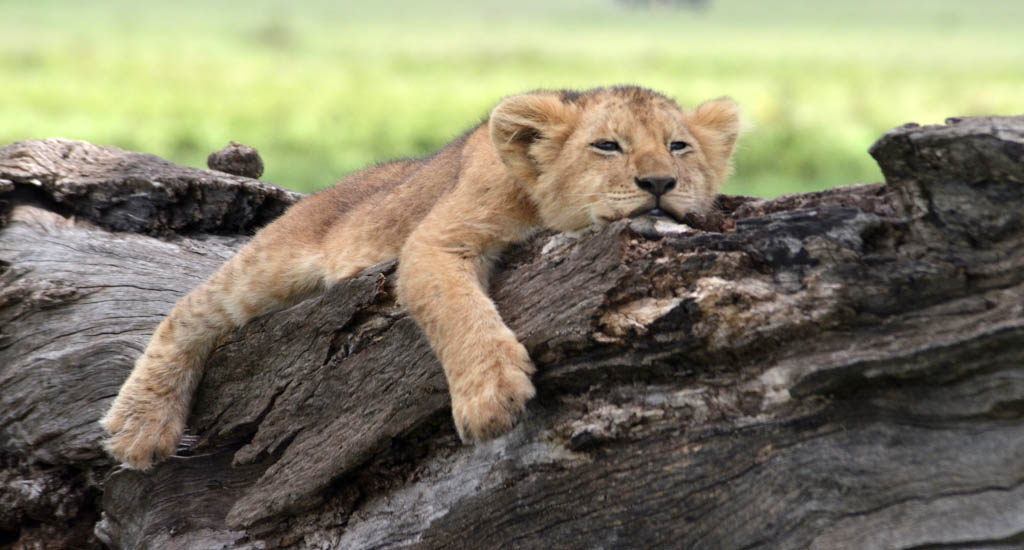
Mistake 5: Setting your focal length/distance too short
Many professional photographers agree: a successful animal photo should show the environment as well. A frame-filling lion portrait might be easily originated at the zoo!
It’s much better if an animal shows a natural behavior. Good images tell a story and a 70-200mm lens is ideal to capture them. Using a 100-400mm telephoto lens can be used for animal portraits but for photographing small birds it is usually not enough. For this, 600mm or even more is better.
The rangers, safari guides and the animals will be grateful to you if you’re using the correct equipment to keep a sufficient distance. Photographing with a small compact camera or even with your smart phone isn’t advisable – it‘ll stress everyone involved!
Mistake 6: Leaving out emotion
Everyone who a “real” zebra for the first time, naturally wants to shoot a picture immediately. This is a good thing! Nevertheless, you should think about how many pictures you shoot and want.
At home, you will quickly notice that 250 photos that just show a zebra or two are boring. The problem is that the animals do nothing! They just stand there. Such images are perfectly to illustrate an article in an encyclopedia or an animal identification book. But you can’t always awaken the emotions of your viewers with them.
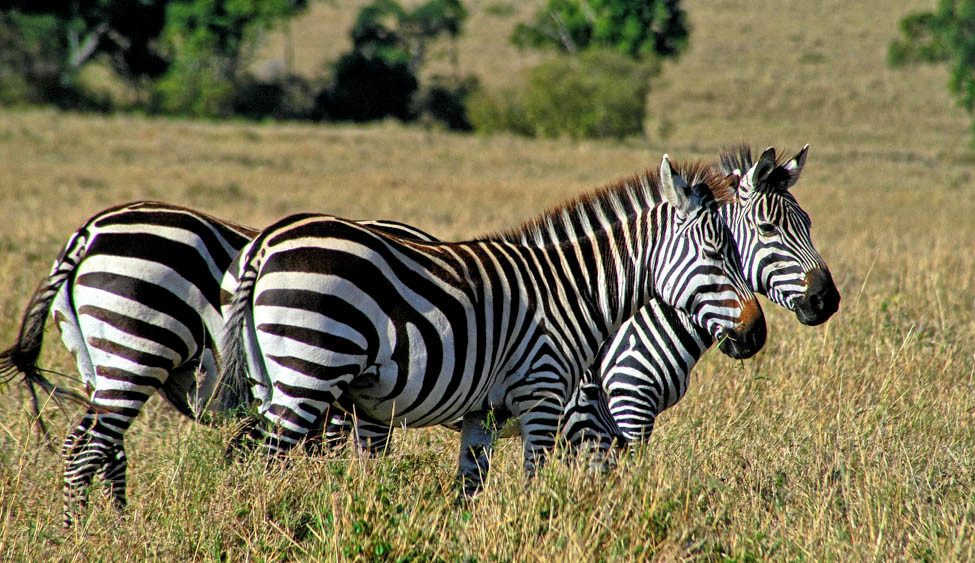
Mistake 7: Shooting from top down
If possible, photograph through the car window. When animals are in the immediate vicinity of the vehicle, photos look much better if you try to photograph at eye level. Images that are shot from the car roof, literally act in this case “from above”.
Mistake 8: Shooting with the telephoto lens in your hand
Use a beanbag or a tripod to avoid camera shake and blurred images. Only shoot out of hand only when it using these isn’t possible and make sure your camera is set on a sufficiently fast shutter speed.
The good old photographer rule of thumb “1 higher focal length” is a guiding principle: For example, at 400mm focal length choose a speed of 1/400s or faster.
Now and then, after longer period of shooting, a test shot may also be useful. Check the shutter speed and histogram – the lighting conditions sometimes change quicker than you as a photographer think. When at last the long awaited moment arrives, this will ensure you have your camera set up correctly to capture it!
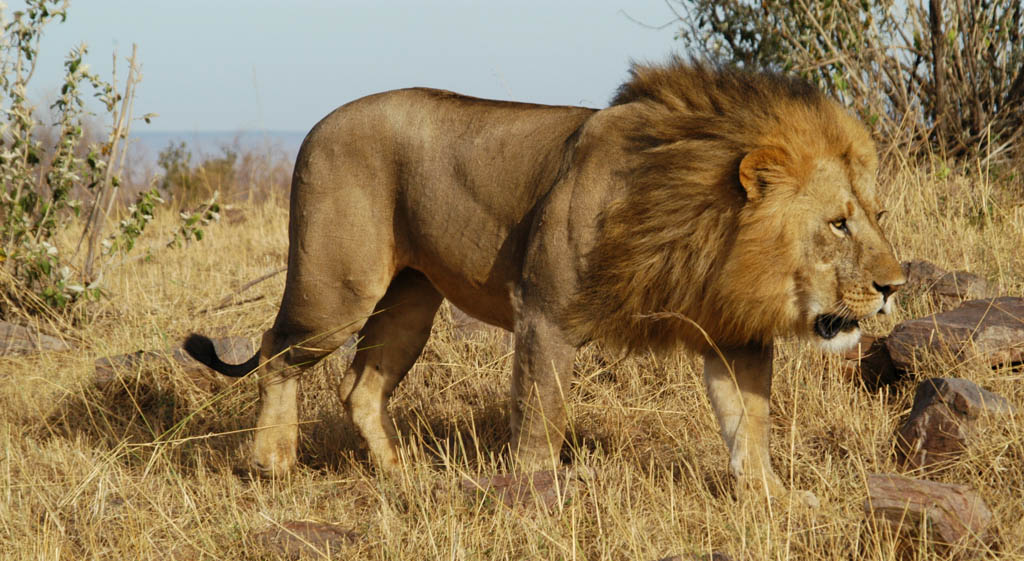
Mistake 9: Only viewing your photos at home
Check your images on your computer on site. On a larger display, there’s more chance you’ll discover image errors, giving you an opportunity to correct them before the next game drive.
Mistake 10: Impatience
It pays to choose your vehicle position carefully and to stay at a promising place longer. Coordinate with your ranger and trust in his experience. Those who move the safari vehicle back and forth continuously end up seeing less than those who patiently wait in a great spot.
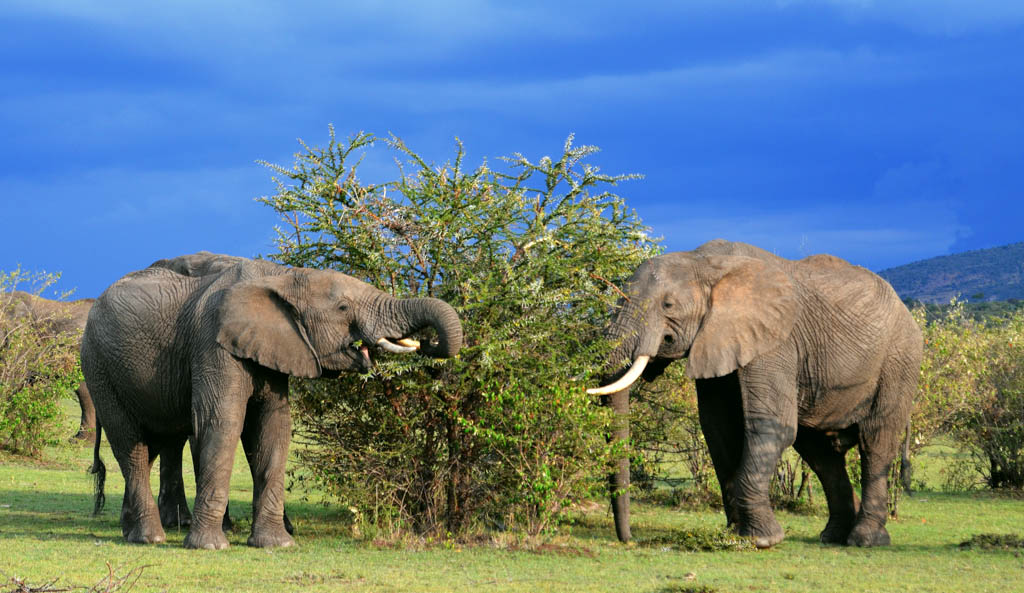
And finally…
Good preparation pays off. However, many factors cannot be controlled and depends on luck. And even then, a lot of mistakes slip in. But that’s exactly what makes a safari so exciting. You never know what you get to see and every safari definitely holds great surprises – and I hope these tips will help you capture them!
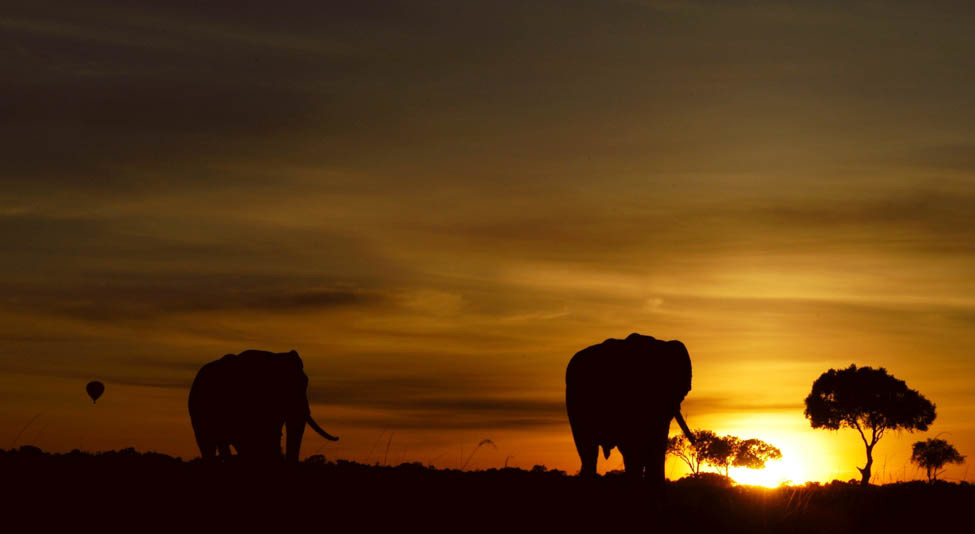
Herbie has lived in Kenya for 12 years, 5 of them in the Masai Mara. If you’d like to speak to him regarding his work, please contact him via email.
